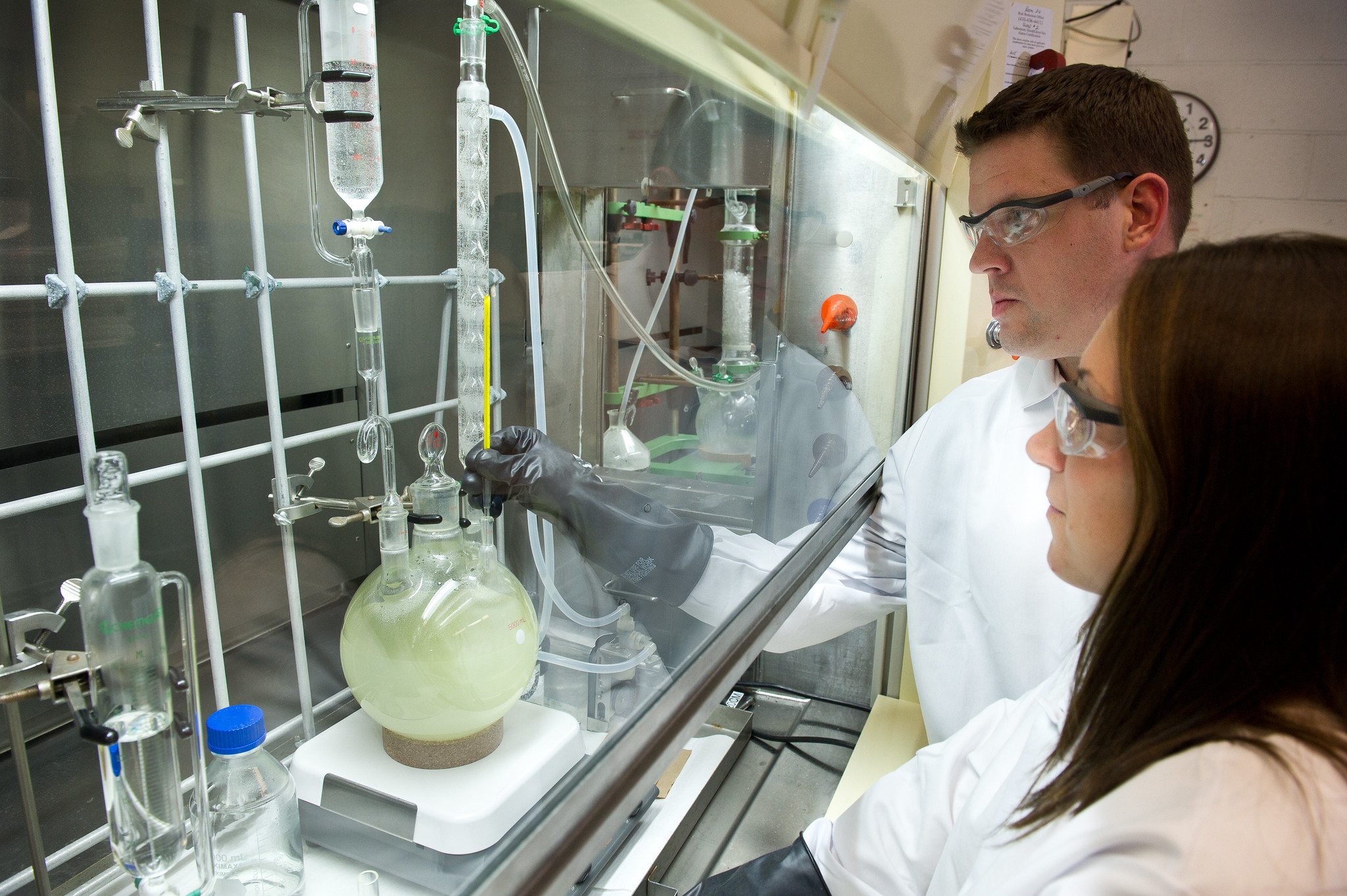Coming Clean: Porn, Condoms and the Wisdom of the Crowd

Last week, voters in Los Angeles County passed a referendum requiring male actors in adult films to wear condoms in scenes depicting vaginal or anal intercourse. Measure B was an unusual ballot issue in more ways than one, and it has stirred controversy. “The idea of allowing a government employee to come and examine our genitalia while we’re on set is atrocious,” exclaimed veteran porn actress Amber Lynn, who has willingly exposed her genitals to untold millions of fans over the years. With less unintended irony, the Los Angeles chapter of the Log Cabin Republicans decried the measure as a “misguided attempt to create a new government bureaucracy of condom inspectors.”
Joining the backlash against the ban on bareback films, Jon Stewart mocked the initiative and imagined what would ensue if “all porn decisions [were] community based”:

It’s easy to poke fun at Measure B, and there are serious reasons to wonder whether the general public is the right arbiter of public health regulations. It’s one thing for the electorate to weigh in on questions of political morality like same-sex marriage, immigration policy or affirmative action; these issues raise philosophical questions that the people writ large are, arguably, as qualified to resolve as an assembly of legislators. But when it comes to matters of public health, perhaps elected representatives of the people are in a better position to weigh expert testimony and decide whether a given proposal is really in the general interest.
I’m dubious about entrusting questions like these to average voters. But in this case, the people of Los Angeles seem to have made the right decision.
The potential benefits of Measure B have nothing to do with the aesthetic considerations implied by Jon Stewart’s mock ballot. The idea is simple: requiring condom use will bring down rates of sexually transmitted infections (most notably, HIV/Aids, chlamydia and gonorrhea) among adult film stars and lessen the risk of these diseases spreading to the general population. Here is the relevant data, as detailed in a 2011 article by Kenneth Katz and Jeffrey Klausner:
The risks of transmission and acquisition of sexually transmitted diseases (STDs), including HIV, in the adult film industry are, similarly, real and increasingly well documented. In a study in 2001–2002 among 853 performers, rates of chlamydia and gonorrhea were twice as high as rates among similarly aged persons visiting family planning clinics in California. Another study documented several cases of HIV transmission among performers resulting from an acutely infected index case. Most recently in October 2010, the Los Angeles Times reported that an adult film performer tested positive for HIV infection resulting in the temporary suspension of filming at 2 large companies.
Opponents of the initiative counter that the industry is effectively policing itself. In the New York Times last week, Donald G. McNeil Jr. reported on the testing regime that some public health experts are endorsing with reservations. The biweekly ritual of email-confirmed testing results is “bizarre,” McNeil wrote, but “seems to work.” Still, there is little doubt that more widespread condom use will provide a safer workplace for actors in the adult film industry, and there is no argument other than pornography film producers’ profit motives to weigh against that benefit.
“Occupational health standards routinely incorporated by other industries should penetrate the adult film industry,” Katz and Klausner conclude. Insisting on safer sex practices by adult film stars is analytically equivalent to insisting on harnesses to safeguard construction workers from fatal falls or canopies to protect workers in mines. The crowd may not be the most trustworthy source for public health legislation, but this time the right decision emerged.
Follow Steven Mazie on Twitter: @stevenmazie





